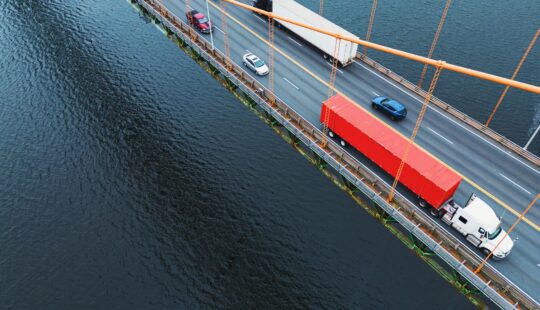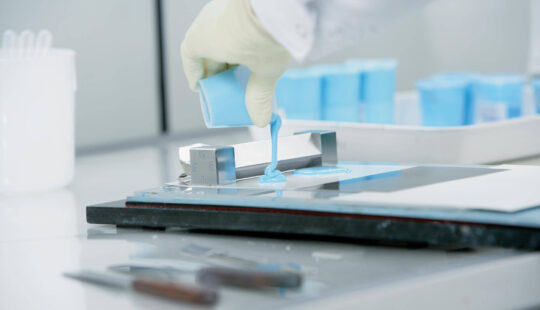What’s News
Russia’s invasion of Ukraine has deepened an agricultural crisis that has been brewing for years. Global wheat inventories have fallen by about 20% of annual consumption, a food security specialist told the United Nations Security Council on May 19.
Only 10 weeks of global consumption of wheat exists. Russia and Ukraine account for about a third of global wheat production. Droughts not seen for more than 20 years are the primary culprit, although supply chain disruptions, war and regulations limiting natural gas, the source of nitrogen-based fertilizer, have further worsened the problem.
SAP’s Take
“If it were only the output, it would be bad enough,” said Anja Strothkaemper, SAP vice president of Agribusiness and Commodity Management. “But because the inputs are in short supply, there is a lot of fear that even countries that are not affected might not have enough fertilizer to have the same levels of production as in previous years. That means this is likely to continue for a while.”
While technology cannot solve this global crisis in 10 weeks, it can help producers find alternatives to mitigate the impact of drought on food commodities like wheat, corn, soybeans and sunflower seeds, Strothkaemper said. It also can help make better demand predictions and manage risk.
Smart farming and precision agriculture involve the collection of data from sensors, weather stations and satellite imagery. The data can be combined and analyzed to produce more informed decisions concerning land management.
“If I know what the soil looks like, I can have a better planting pattern,” Strothkaemper explained. “I can have a better fertilization pattern.”
The cost of nitrogen-based fertilizer, important for growing wheat and corn, is rising fast, meaning it must be used carefully, Strothkaemper said. “As fertilizer prices skyrocket, you will try your best to increase the output of what is available to you and that’s where technology can play a role.”
Industry cloud software allows producers and makers of products such as agrochemicals and sensor equipment to collaborate. Data modeling can standardize information from hundreds of thousands of growers, machinery makers and fertilizer manufacturers, so it can be processed to reveal insights and discover the most efficient farming model under various scenarios.
Geospatial technology, which combines huge amounts of data with geographical mapping, can create rich maps that can be used to create more accurate weather forecasts for individual fields, which can help producers more precisely determine what to plant and when. Land once thought unproductive because of changes in climate, for instance, may be made productive. Similar information can help manage risk and price futures contracts used for hedging agricultural commodities.
Growing is only half the battle; supply chain management is also an integral part of the solution. While technology cannot lift a massive quarantine or put a truck driver back on the road, it can provide visibility and offer alternatives. Customer relationship software can analyze demand, helping ensure products are sold to the right buyers.
Contact:
Ilaina Jonas, Senior Director of Global Media Relations, SAP
+1 (646) 923-2834, ilaina.jonas@sap.com
SAP Press Room



